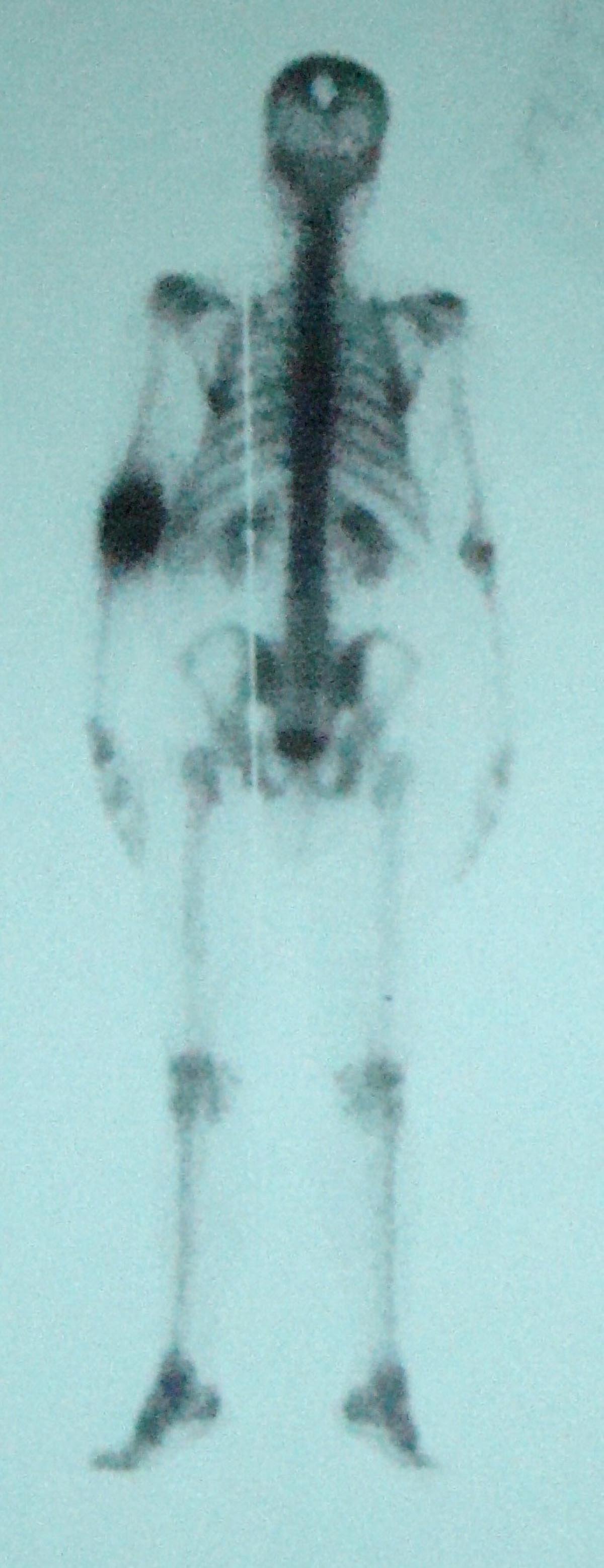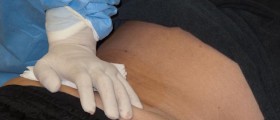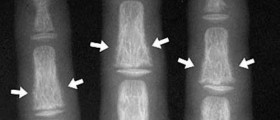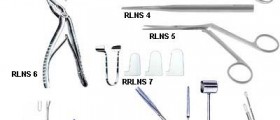
Nuclear medicine is a branch of medicine which uses radionuclides to diagnose and treat certain illnesses. Once certain radionuclides are administered they are able to localize specific organs and cellular receptors. The effects are amazing and the bond between radionuclide and the specific tissues can be suitably visualized.
Technetium bone scan is one of the procedures of nuclear medicine. This is a simple bone scan which is performed with the assistance of a tracer- technetium. This procedure is generally performed in purpose of detection of bone metastases, bone infections or small fractures which cannot be visualized with an X-ray. The patients are administered technetium and after a while they undergo scanning. The obtained film shows places of excessive accumulation of technetium and these particular places are affected by pathological process.
Who is a Candidate for Technetium Bone Scan?
People suffering from malignant tumors in which bone metastases cannot be identified with a simple X-ray undergo technetium bone scan. This procedure is highly effective in visualization of tinny little metastases prior they are able to cause any symptoms or signs. The procedure is also performed in patients who have fractures but these fractures cannot be properly visualized with other imaging methods.
Technetium Bone Scan- the Very Procedure
The doctor decides whether the patients will benefit from technetium bone scan.
Patients are allowed to eat and drink prior the exam. It is also recommended for them to drink plenty of fluid so that they can clear the bladder between the injection of technetium and the scan. All the guidelines are provided by a specialist. Prior examination a patent is due to report all the conditions he/ she is suffering from and all the medications that is currently using. Furthermore, women must report pregnancy since this type of examination is never performed in pregnant women.
The very procedure includes injection of technetium. The substance is injected into the arm. Half of the injected technetium will be bonded by the body and the other half is excreted via urine. After a while (when the changes in the bones have bonded sufficient amount of technetium) a patient undergoes scanning. The scanning is generally performed approximately 5 hours after the tracer has been injected. Once the scanning films are obtained the doctor interprets them and writes a report.
This is a relatively safe procedure. However due to certain extent of radiation patients who have undergone this examination must stay away from children and pregnant women for a few days after the examination until the entire technetium is excreted.





-Test-And-What-Do-The-Results-Mean_f_280x120.jpg)











Your thoughts on this
Loading...